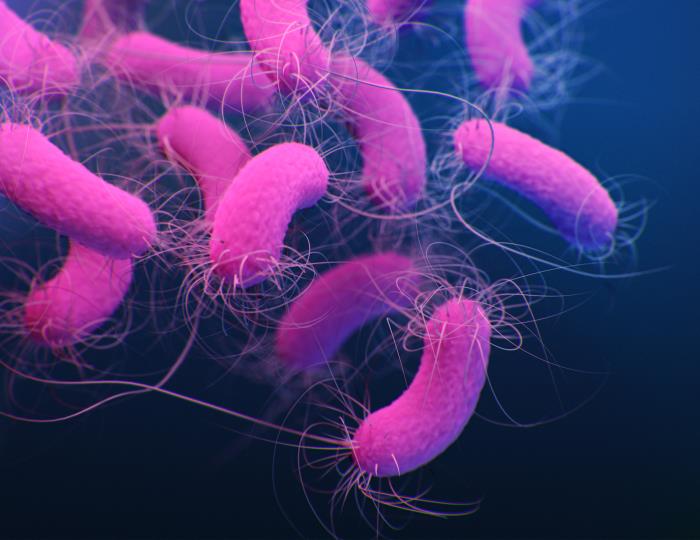Antibiotic-resistant bacterial pathogens are on the rise, while fewer antibiotics are being developed. Researchers led by Ariel Kushmaro, PhD, a professor at the Ben-Gurion University of the Negev, and collaborators tackled the need by focusing on the long pepper. Known in traditional medicine for its treatment of a variety of illnesses, the team created a derivative that disrupts bacterial chemical communication.
Their findings were published in Biofilm in an article titled, “Pseudomonas aeruginosa quorum sensing and biofilm attenuation by a di-hydroxy derivative of piperlongumine (PL-18).”
The Indian long pepper is sometimes used in combination with other herbs in Ayurvedic medicine. It is used to improve appetite and digestion, as well as to treat stomach aches, heartburn, indigestion, intestinal gas, diarrhea, and cholera. The researchers turned to the plant to explore its protection against antibiotic resistance.
Many plants’ secondary metabolites are essential for plant protection against microbial pathogens. These compounds have long been considered an important source for drug discovery. The synthesis of new derivatives of these metabolites increases the probability of finding new drugs for many therapeutic purposes.
In the study, sixteen derivatives of Piperlongumine (PL), an amide alkaloid from Piper longum L., were screened for Quorum Sensing Inhibition (QSI). Quorum Sensing (QS) uses auto-inducers to control bacterial concentration. PL-18 had the best QSI activity.
PL-18 both reduced bacterial virulence and disrupted the biofilms that protected their sample bacteria. The researchers noted: “The transcriptome study of treated P. aeruginosa showed that PL-18 indeed reduced the expression of QS and iron homeostasis related genes, and upregulated sulfur metabolism related genes. Altogether, PL-18 inhibits QS, virulence, iron uptake, and biofilm formation. Thus, PL-18 should be further developed against bacterial infection, antibiotic resistance, and biofilm formation.”



Recommended Comments
There are no comments to display.
Join the conversation
You can post now and register later. If you have an account, sign in now to post with your account.
Note: Your post will require moderator approval before it will be visible.